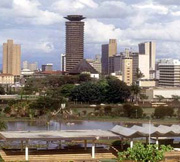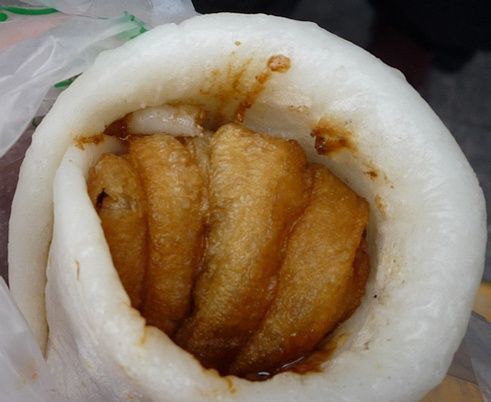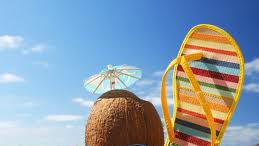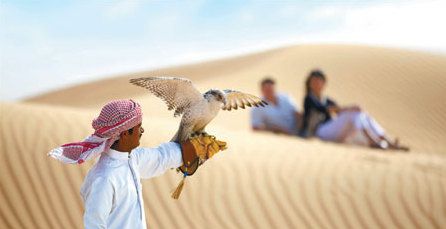肯尼亚首都--内罗毕
|
Nairobi (Kenya)  Kenya's capital is cosmopolitan, lively, interesting and pleasantly landscaped. Its central business district is handily compact and it's a great place to tune into modern urban African life. Unfortunately, it's also a great place to get mugged. Security, especially at night, is a definite concern. Kenya's capital is cosmopolitan, lively, interesting and pleasantly landscaped. Its central business district is handily compact and it's a great place to tune into modern urban African life. Unfortunately, it's also a great place to get mugged. Security, especially at night, is a definite concern.Originally little more than a swampy watering hole for Maasai tribes(马赛部落), Nairobi grew with the advent of the railway and had became a substantial town by 1900. Five years later it succeeded Mombasa(蒙巴萨岛)as the capital of the British protectorate(保护国). Today it's the largest city between Cairo and Johannesburg. Like most cities, Nairobi has its crowded market, trading and transport areas, its middle class/office workers' suburbs and its spacious mansions and flower-decked gardens for the rich and powerful. The first is an area full of energy, aspirations and opportunism where manual workers, exhausted minibus drivers, the unemployed, the devious, the down and out(落魄,潦倒)and the disoriented mingle with budget travellers, whores, shopkeepers, high-school students, food vendors, drowsy security guards and those with life's little illicit goodies for sale. Centrally located, it's called River Road, and even if you're not staying in the area it's worth a look. The best times to visit are during January and February and between June and October, when the weather is drier in and around Nairobi. Because Nairobi is located at the edge of the highlands, temperatures are cooler here compared with much of the rest of the country. Nairobi is a completely modern, colonial creation and almost everthing here has been built in the last 100 years. Until the advent of locomotive(机车,火车)transport in the late 19th century, Nairobi was just a boggy waterhole for the Maasai people and of little interest to the European colonialists. When the Maasai were devastated by civil wars and a litany of diseases, including rinderpest(牛瘟), cholera(霍乱)and smallpox, the laibon, chief or spiritual leader of the Maasai was forced to negotiate a treaty with the British alloing them to march the Mombasa-Uganda railway line right through the heart of the Maasai grazing lands(牧场). As the rails of the East Africa railway fell into place across the nation, a depot was established on the edge of a small stream known to the Maasai as uaso nairobi (cold water). On one level, the Maasai were just accepting the inevitable - their end-of-the-world myth spoke of an 'iron snake' that would one day crawl across their land. Nairobi quickly became a tent city and a supply depot, and soon enough developed into the administrative nerve-centre of the Uganda Railway. The place became a convenient and relatively cool place for the Indian railway labourers and their British overlords to pause midway, before tackling the arduous climb into the highlands. With the completion of the railway, the headquarters of the colonial administration was moved from Mombasa to the cooler, small settlement of Nairobi. Now, as the capital of the British Protectorate, the future of the city on the swamp was assured. Once the railway was up and running, wealth began to flow into the city. Immediately, the colonialists began to show an interest in touring the country, and a stay in the relatively cool capital became a standard part of the trip to Kenya. The colonial government built some grand hotels to accommodate the first tourists to Kenya - big game hunters, lured by the attraction of shooting the country's almost naively tame wildlife. There was even a special chair on the front of the train to enable visiting dignitaries(权贵,显要人物)to bag(猎获)lions and elephants on the trip from Mombasa to the capital. Almost all of the colonial-era buildings, though, were replaced by bland modern office buildings during the burst of new construction that followed independence in 1963. White settlers soon began to move into the fertile highlands north and then south of Nairobi. This led to friction with the local Maasai and, later, the Kikuyu(肯尼亚基库尤人). Mixed agricultural farms were set up, with coffee plantations established at about the same time by new arrivals that included Karen Blixen and her husband, Brer. The number of white settlers rose to 9000 by 1920 and, by the 1950s, it was 80,000. Alienated from their land, many Kikuyu people migrated to Nairobi during the same period, became part of the colonial economy, and formed associations whose principal aim was the return of land to the Kikuyu. One such person was Johnstone Kamau, who later changed his name to Jomo Kenyatta. Up until after WWII, Kenya's white rulers were in no mood for accommodating the demands of the Africans. However, African troops returning from the war were equally in no mood to accept the status quo(现状)and the bloody Mau Mau Rebellion, which mainly involved the Kikuyu, raged until 1956. Soon afterwards, Kenyatta was jailed and later placed under house arrest until 1961, although there was no evidence to link him with the rebellion. Pressure continued to build on the British and, on 12 December 1963, Kenya gained independence, with Kenyatta as its first president. Throughout the 20th century, Nairobi continued to grow and is now the largest city between Cairo and Johannesburg. Today it's a bustling city in the grip of a seemingly endless crime wave, and heavy-handed policing and political disputes often result in violent demonstrations, particularly when the government embarks on one of its slum-clearing sprees. Religious violence is also on the increase. In 1998 the US embassy on Moi Ave was blown up by militants linked to Osama Bin Laden, killing more than 200 Kenyans. More recently, there have been riots between Muslim and Christian youths, linked to the demolition of hawker stalls adjacent to mosques. |








